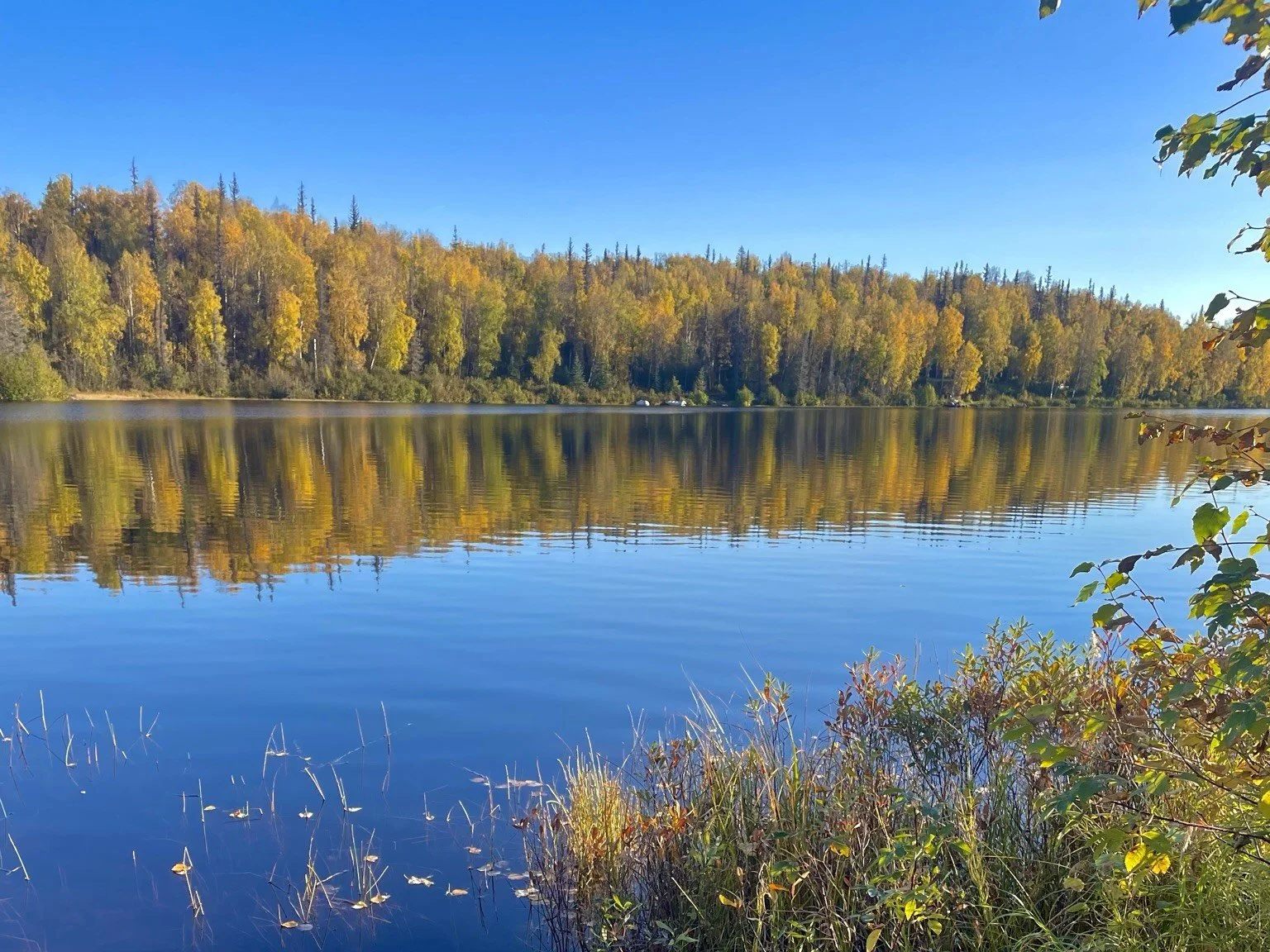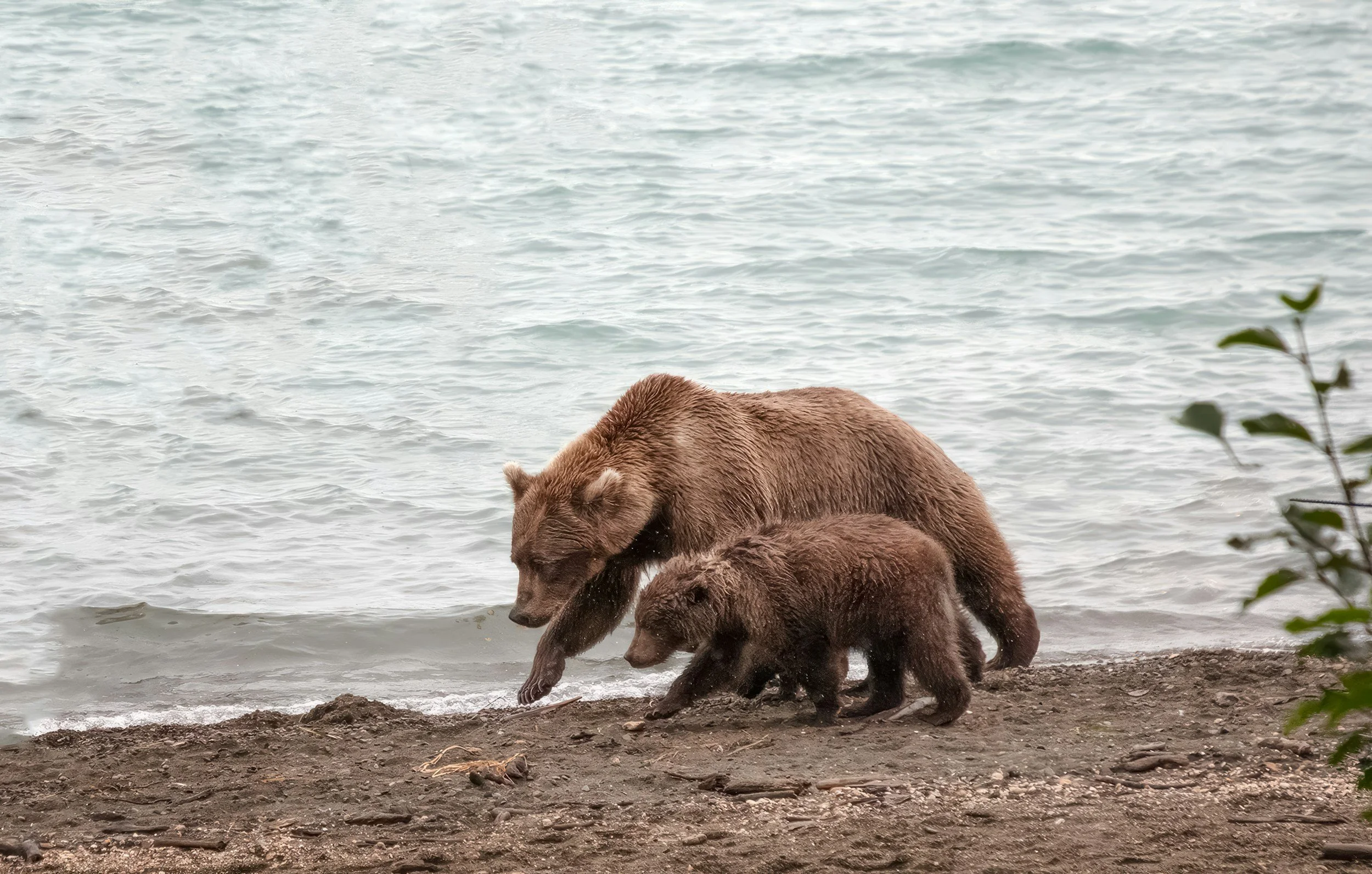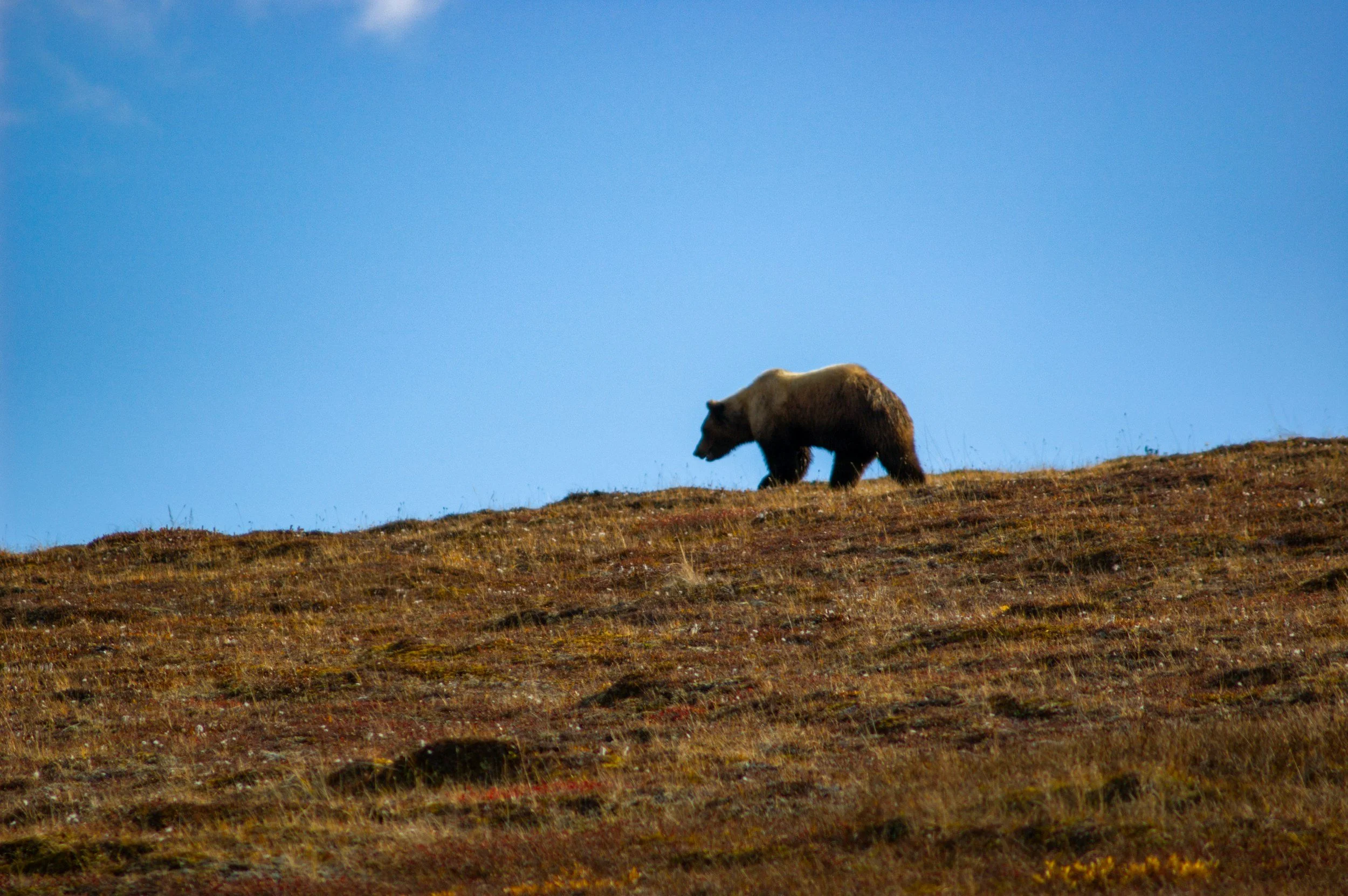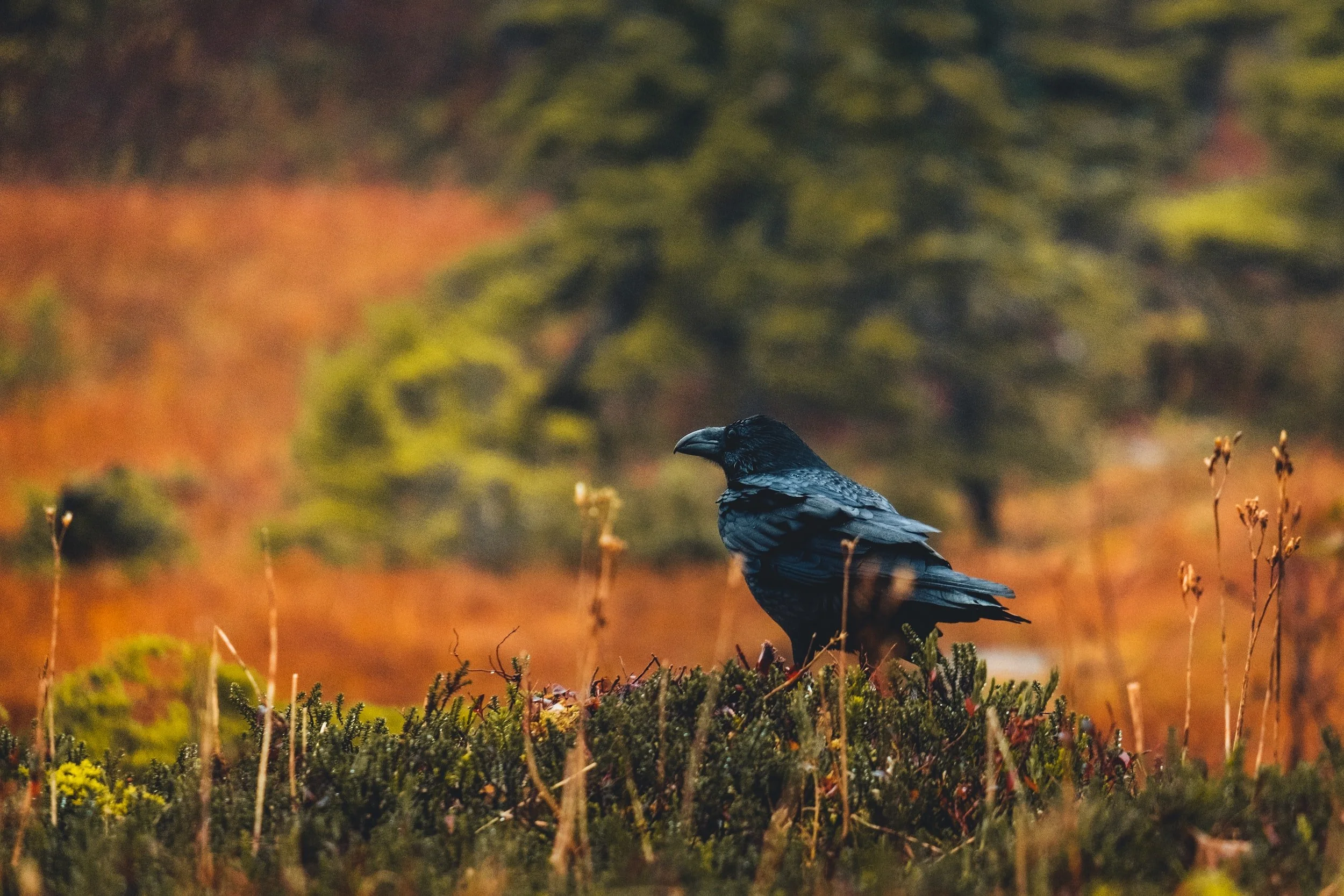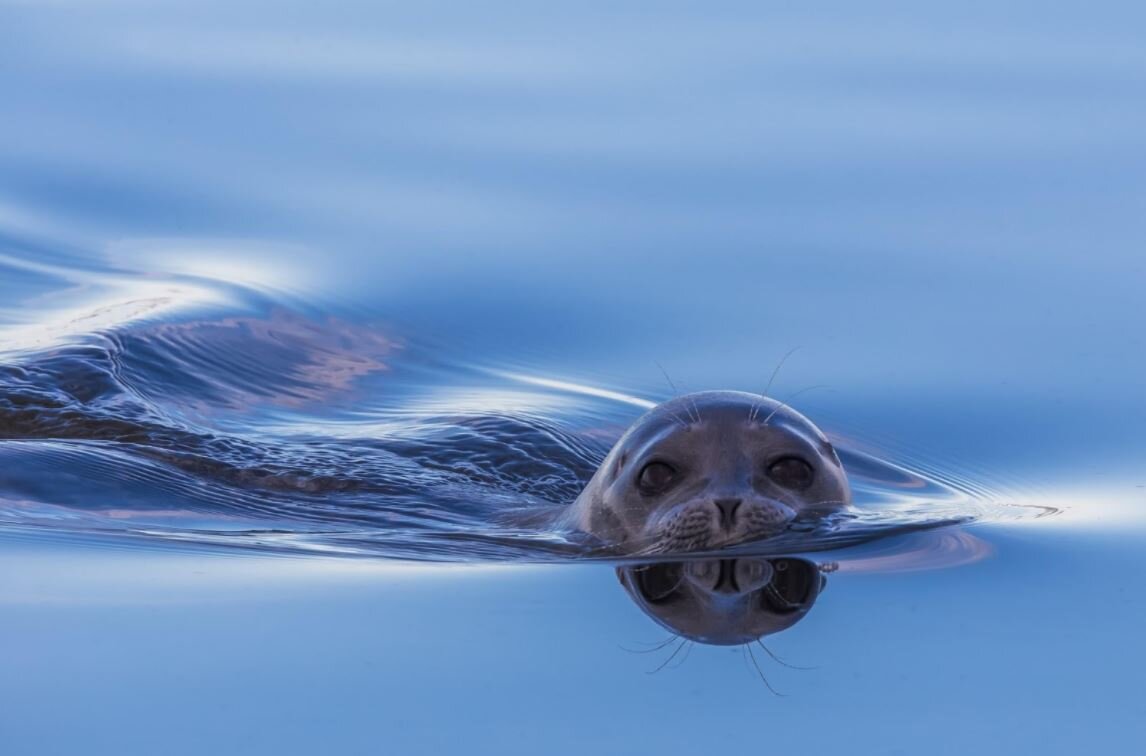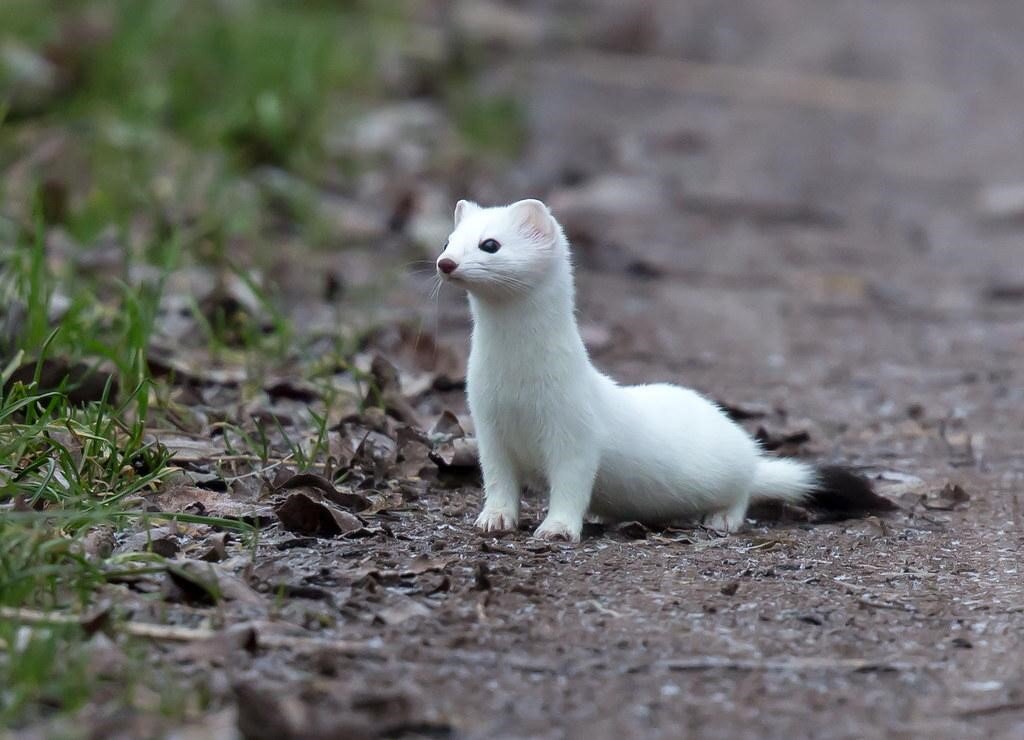ACTION ALERT: MULCHATNA BEAR CONTROL
The Alaska Department of Fish and Game (ADF&G) has requested that the Board of Game deliberate on regulation changes that would create a ~40,000 square mile black and brown bear control program (which includes aerial gunning) in western Alaska. This is undoubtedly in response to AWA's recent court victories, which found that the State's 2022 Mulchatna bear control program was illegal and void. The Court also ruled that the State acted 'in bad faith' when they proceeded to kill 11 bears this May, despite two judges ruling that they were doing so illegally, and that the testimony of the State's Director of Wildlife Conservation was "mostly not credible".
The State has scheduled a Special Meeting on July 14th in Anchorage for the Board of Game to vote on the proposed regulation changes. The proposed changes would allow ADFG to kill as many bears as they deem fit within a 40,000 square mile area already undergoing wolf control. if you're in the Anchorage area, please join us on Monday, July 14 at 8:30am at the Coast Inn at Lake Hood for the Board of Game Special Meeting.
Alaska’s bears thank you!
Who We Are
Alaska is one of the few places on Earth where wildlife roam wild lands. The state is home to a unique and spectacular array of aquatic and terrestrial wildlife species, and our constitution recognizes that fish, forests, wildlife, grasslands, and other replenishable resources belong to Alaskans and are to be maintained in perpetuity.
Founded in 1978, Alaska Wildlife Alliance (AWA) is not only the oldest Alaska-based grassroots organization working to conserve our wildlife, but we’re also the only statewide, Alaska-founded 501(c)3 nonprofit dedicated solely to the protection of Alaska’s wildlife. As such, we are uniquely placed to serve as a voice for the state’s wildlife, safeguard their abundance, biodiversity, and habitat, and advocate for science-based, ethical wildlife management.
Our Mission
Alaska Wildlife Alliance is committed to the protection of Alaska’s wildlife for its intrinsic value, as well as for the benefit of present and future generations of Alaskans. We advocate for healthy ecosystems, scientifically and ethically managed to protect our wildlife in an increasingly dynamic world.
Explore Our Programs

Voices for wildlife
Alaska’s wildlife doesn’t have a voice in the decision-making processes that directly affect them. Bears can’t attend Board of Game meetings, belugas can’t educate fishermen about their importance to an ecosystem, and caribou can’t explain how a changing climate affects their habitat. That’s where AWA comes in.

endangered species recovery
Every species in Alaska is vital to the ecosystem. AWA establishes robust, grassroots strategies to recover Alaska’s threatened and endangered Species, focusing on a few species at a time to ensure we’re successful.
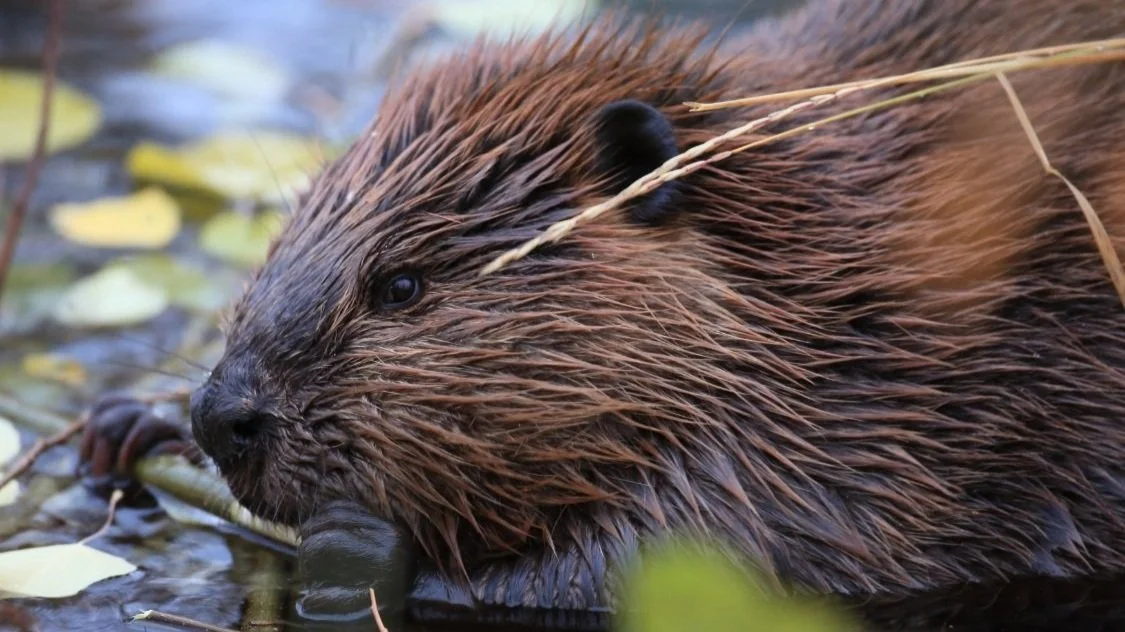
climate adaptation
Alaska is warming over three times faster than the lower 48, threatening our wildlife and the people who depend upon them. AWA is developing a novel, frontline adaptation program using nature-based solutions to sustains biodiversity in our rapidly changing climate
The State of Alaska killed 191 bears, shooting them from helicopters in Southwest Alaska. More than 20 were sows with cubs. Help us stop the Mulchatna bear control program.
Recent Alaska Wildlife News
2024 Annual Report
We were busy as beavers in 2024— literally, we even built a beaver dam analog this year! From protecting polar bears from oil and gas harassment to securing hunting and trapping setbacks for wildlife crossings, we accomplished a lot for Alaska's wildlife in 2024.
Check out our 2024 Annual Report to learn more.
Our Upcoming Events
A Good Wolf heads to Denali Park!
A Good Wolf heads to Fairbanks July 11!
Check out the Real People, Real Climate, Real Changes exhibit in Homer until August 29.
Check out the Real People, Real Climate, Real Changes exhibit at the Anchorage Public Library.
Explore Alaska’s Wildlife

Purchase awa merchandise
Looking for a gift for yourself or someone in your life? Purchase a gift that gives back towards wildlife!


























